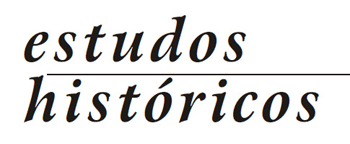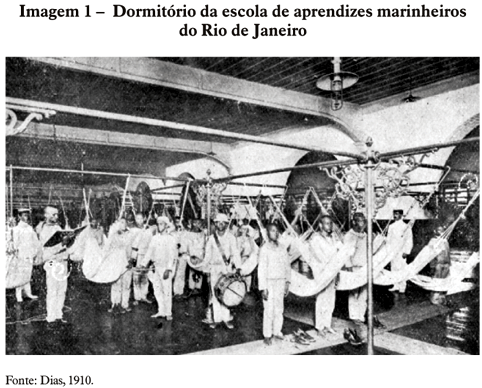This article discusses the process of "modernization" in the Brazilian Navy in the late Empire and in the beginning of the First Republic. It concerns the plans and projects developed for both naval materiel (ships) and personnel (recruitment and military organization), focusing on the ministry of Alexandrino de Alencar (1906-1910). We criticize a traditional historical approach, which stresses the existence of a gap between the modern equipment and the backward methods of recruiting and training the men. Instead, we propose to discuss the contradictions existing within those universes (personnel and materiel). Our argument demonstrates how the naval bills in congress were impacted by many special interest groups and by the limits of the Brazilian Republic in the period. We also demonstrate that the solutions envisaged for resolving the enlistment and understaffing problems were focussed on the school of naval apprentices. Although the goal was to "civilize" future sailors, government actions were felt and interpreted by the seamen in their own way, contributing to a strong sense of common identity. Such efforts also set the stage for the 1910 mutiny, which itself became part of the Brazilian Navy's modernization process.
Brazilian navy; modernization; equipment; enlistment; naval school of apprentices



